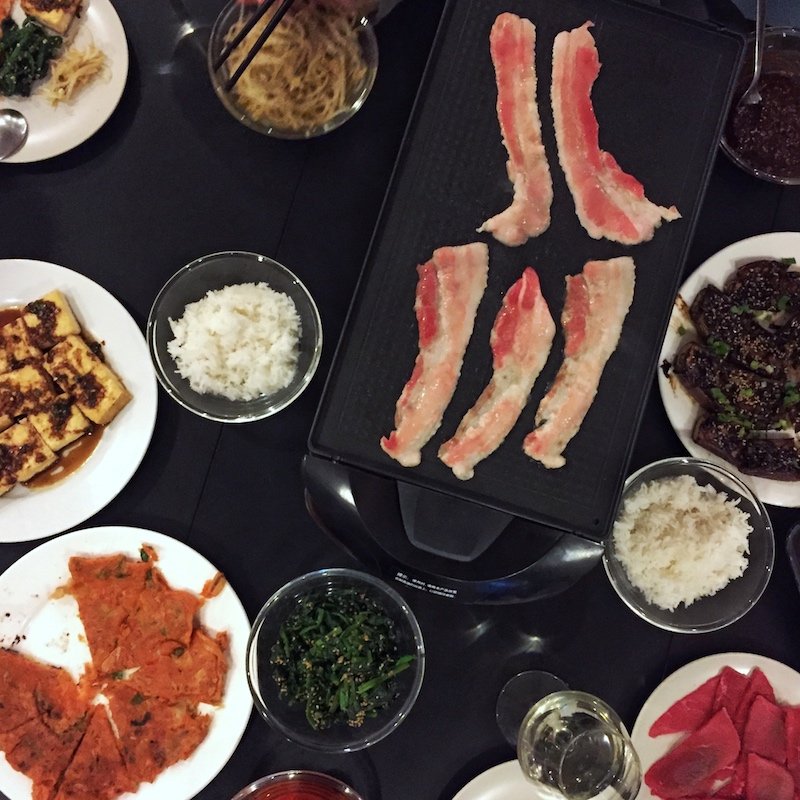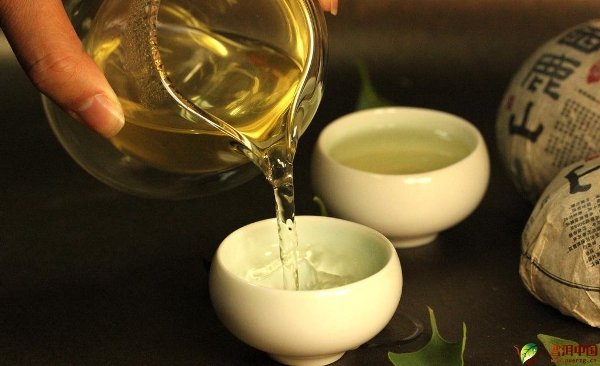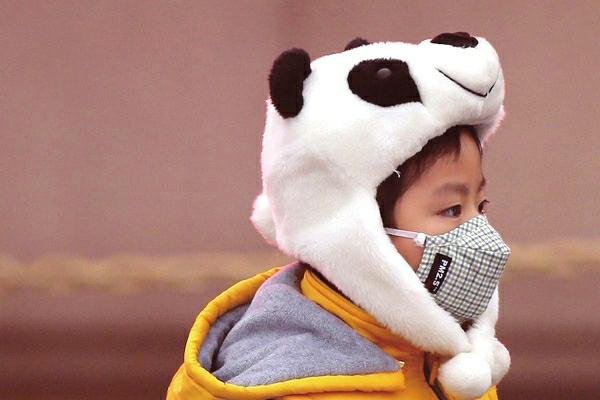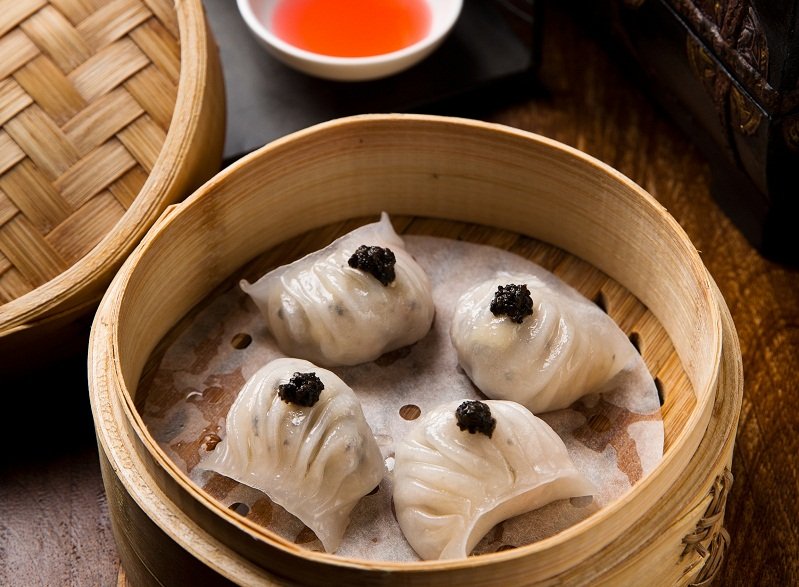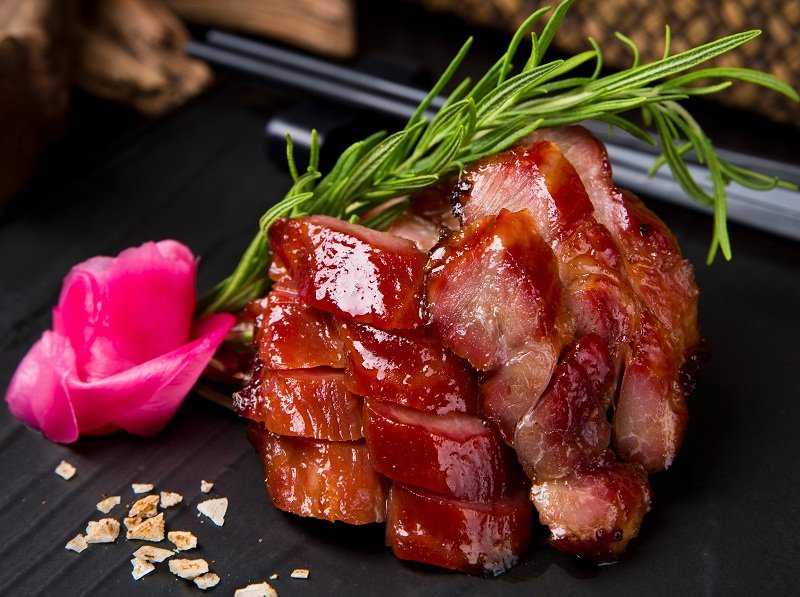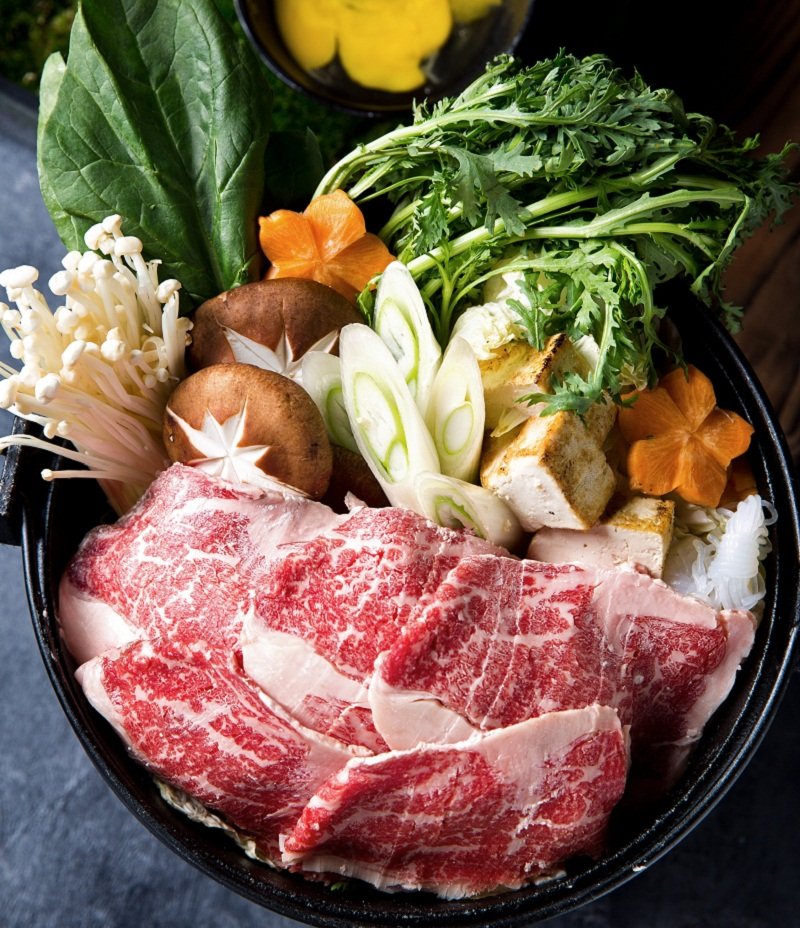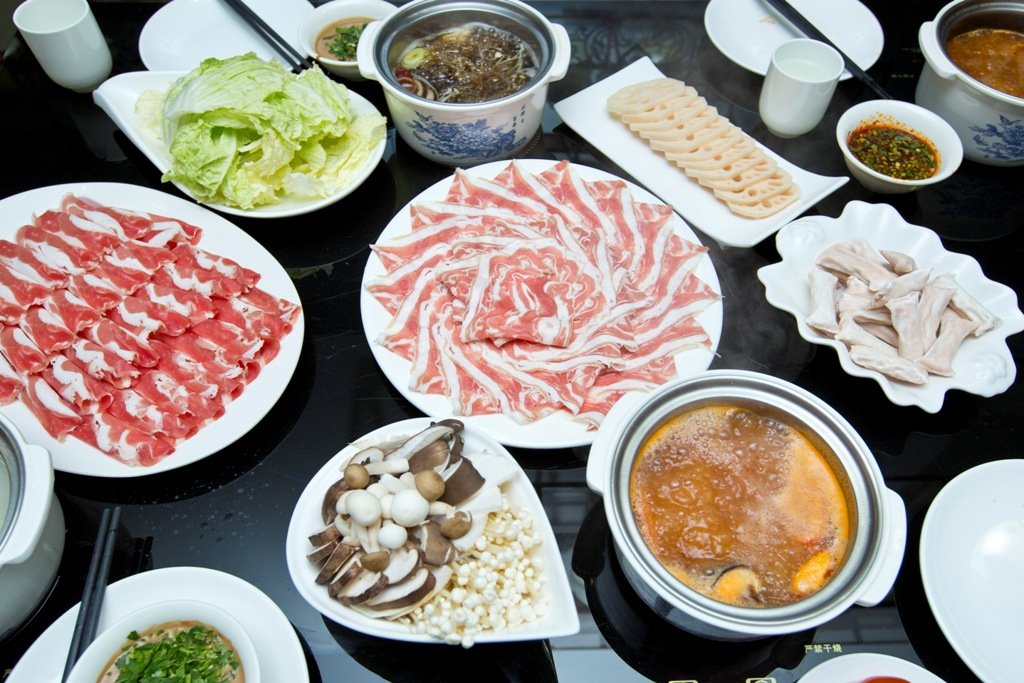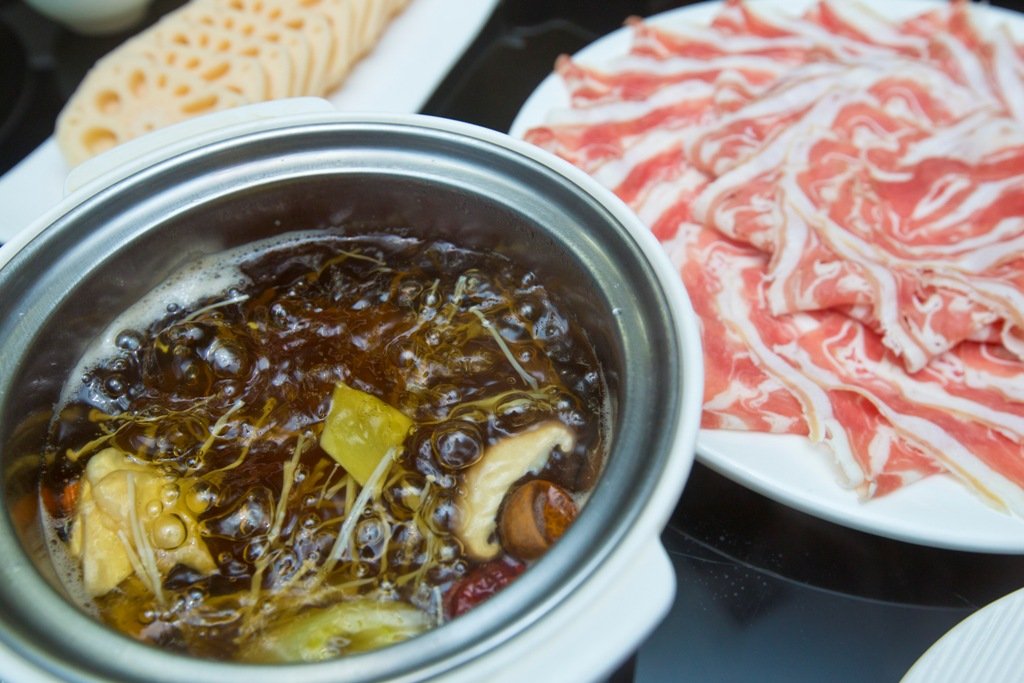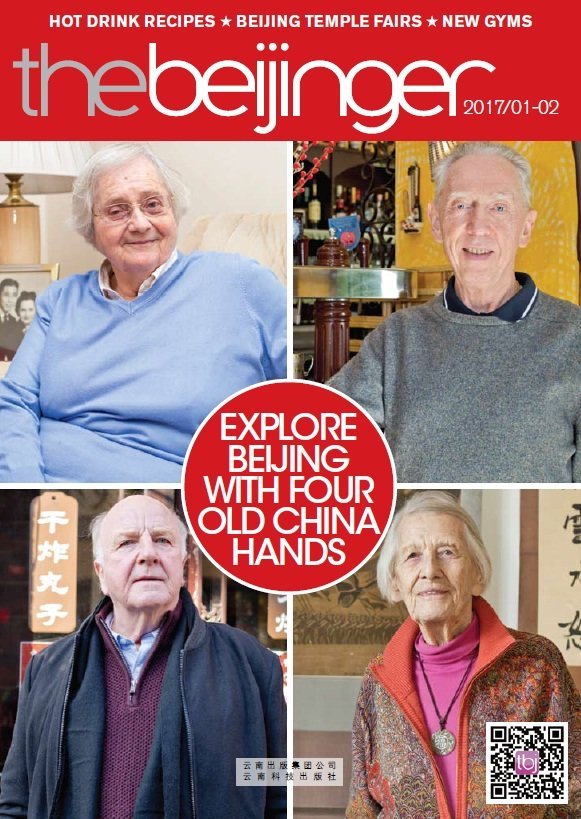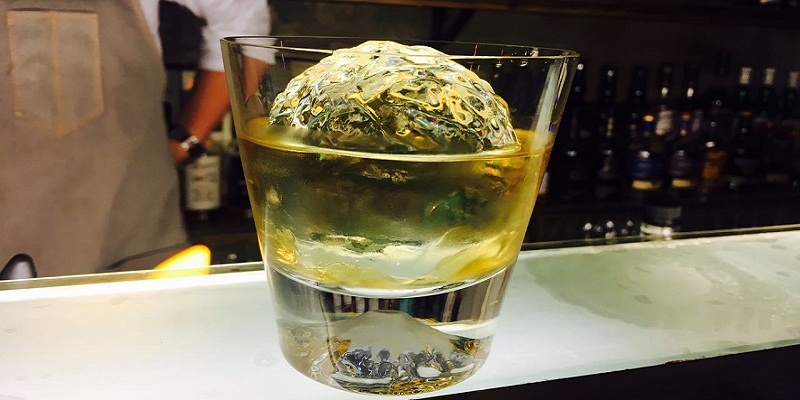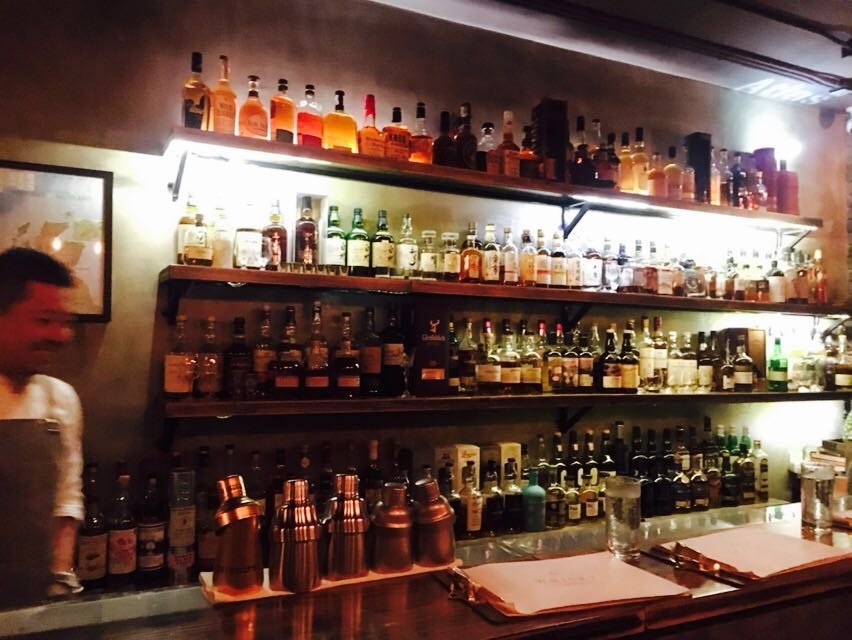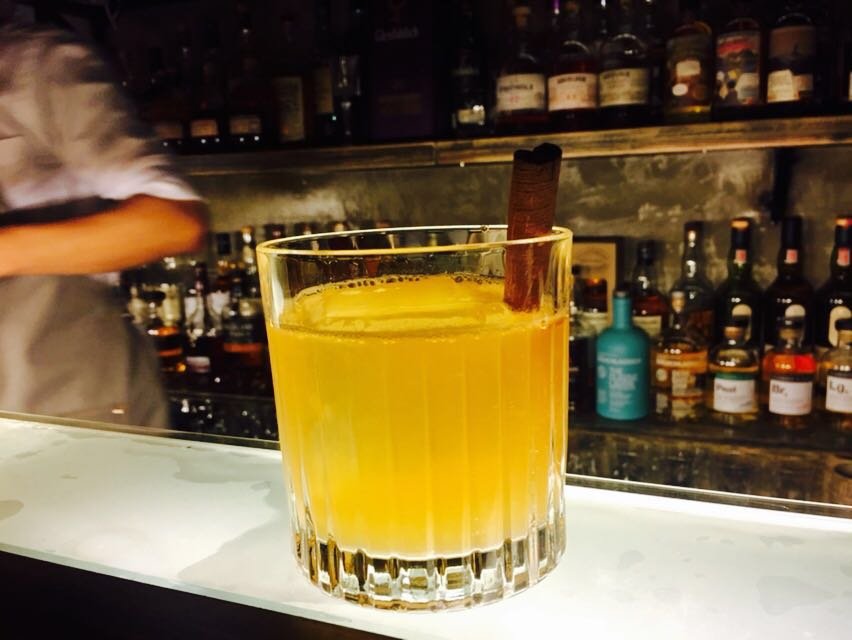While we in Beijing keep looking towards Olympics 2022, the IOC is still sorting out the winners of 2008, and yesterday netted one of the biggest fish yet: Usain Bolt.
Bolt himself was not caught for drug use but his fellow Gold-medal winning speedster Nesta Carter on the Jamaican relay team was -- which means one less medal for one of the biggest stars for the Beijing games. Another athlete -- Russia's Tatyana Lebedeva, a silver medalist in the Long Jump and the Triple Jump, was also stripped of her medals.
Meanwhile, Olympic anticipation among China's elites continues to reach new heights. Only a few short days after Olympic Committee President Thomas Bach met with Chinese President Xi Jinping at Davos, the nation's leader popped in to one of the 2022 Games' most towering sites at Chongli.
Xi's January 23 stop to the Zhangjiakou ski resort is yet another significant sign of China's Olympic commitment. Zhangjiakou will co-host the 2022 Games with Beijing and while there the President emphasized the development of winter sports among China's youth. He also touched on safety concerns about China's slopes, a hot topic after a pair of recent high profile deaths. You can watch a video of Xi's Zhangjiakou visit here.
Aside from the slopes, China's young sports enthusiasts are also getting some encouragements on center ice. Young players from Beijing Primary School are enjoying a visit in Washington to see the local Capitals' NHL team face off against Boston Bruins on February 1, and they joined the Capitals on the ice on Monday for the team's morning skate.
Coach Barry Trotz was encouraged by the Chinese youngsters' enthusiasm, saying: "If you didn't know all these young kids are from Beijing, you'd think they're North American [with] their skill level. They're all having fun. They're working on their skills … They were telling me there are like 100 teams over there about this age group. There's a lot of girls and boys playing. That's great for both genders to be playing and enjoying our sport and growing our sport." Watch a video of the kids with the pro players here.
The effort is being called the Capitals Chinese Cultural Night, and mainland viewers can see action on the February 1 when the game is shown on CCTV. It will begin with CNY greetings from the Washington NHL players. When winter sports are making their way into a Chinese tradition as time honored as Spring Festival TV viewing, then you know that the mainland has Olympic fever.
More stories by this author here.
Email: kylemullin@truerun.com
Twitter: @MulKyle
WeChat: 13263495040
Photos: Xinhua



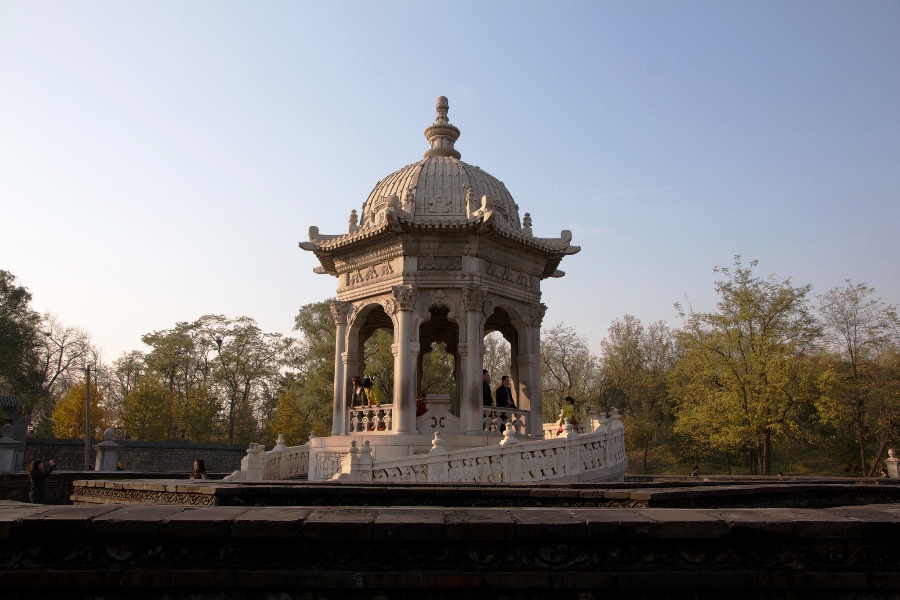
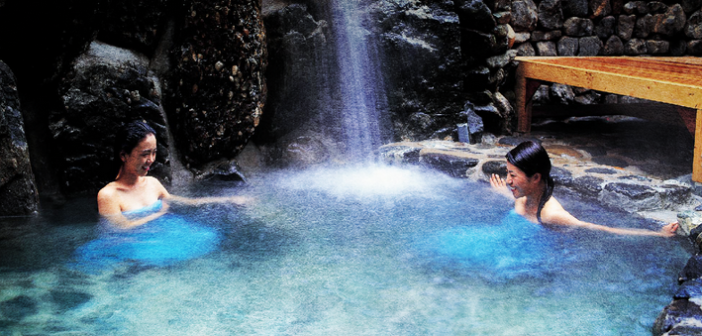


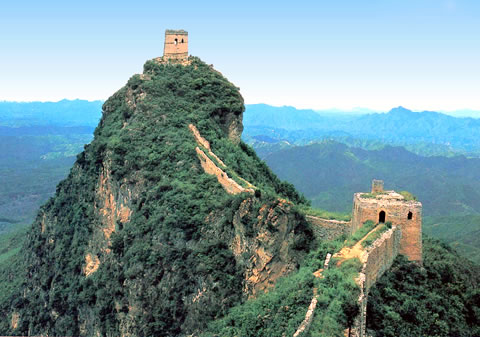
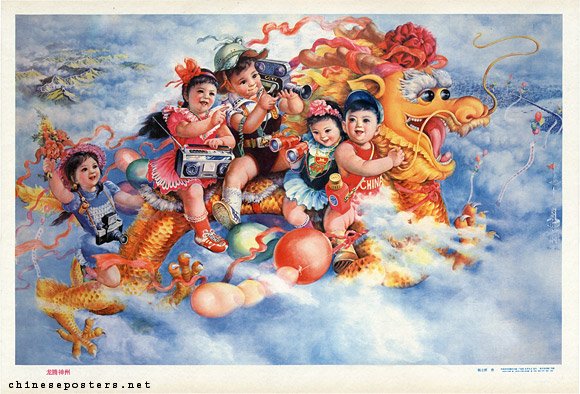





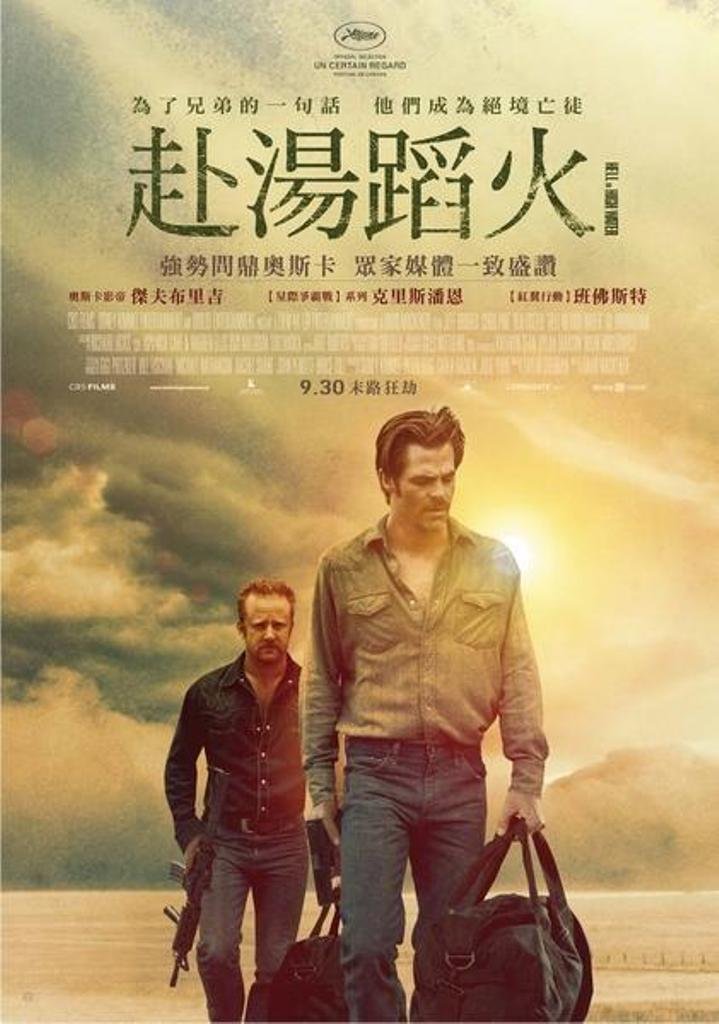


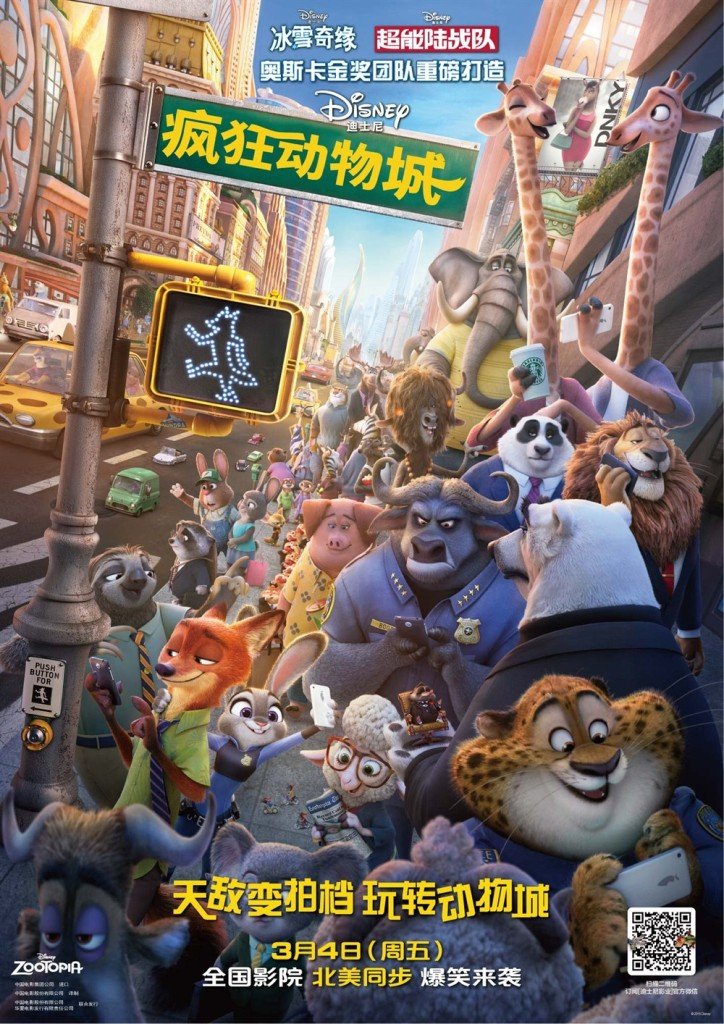


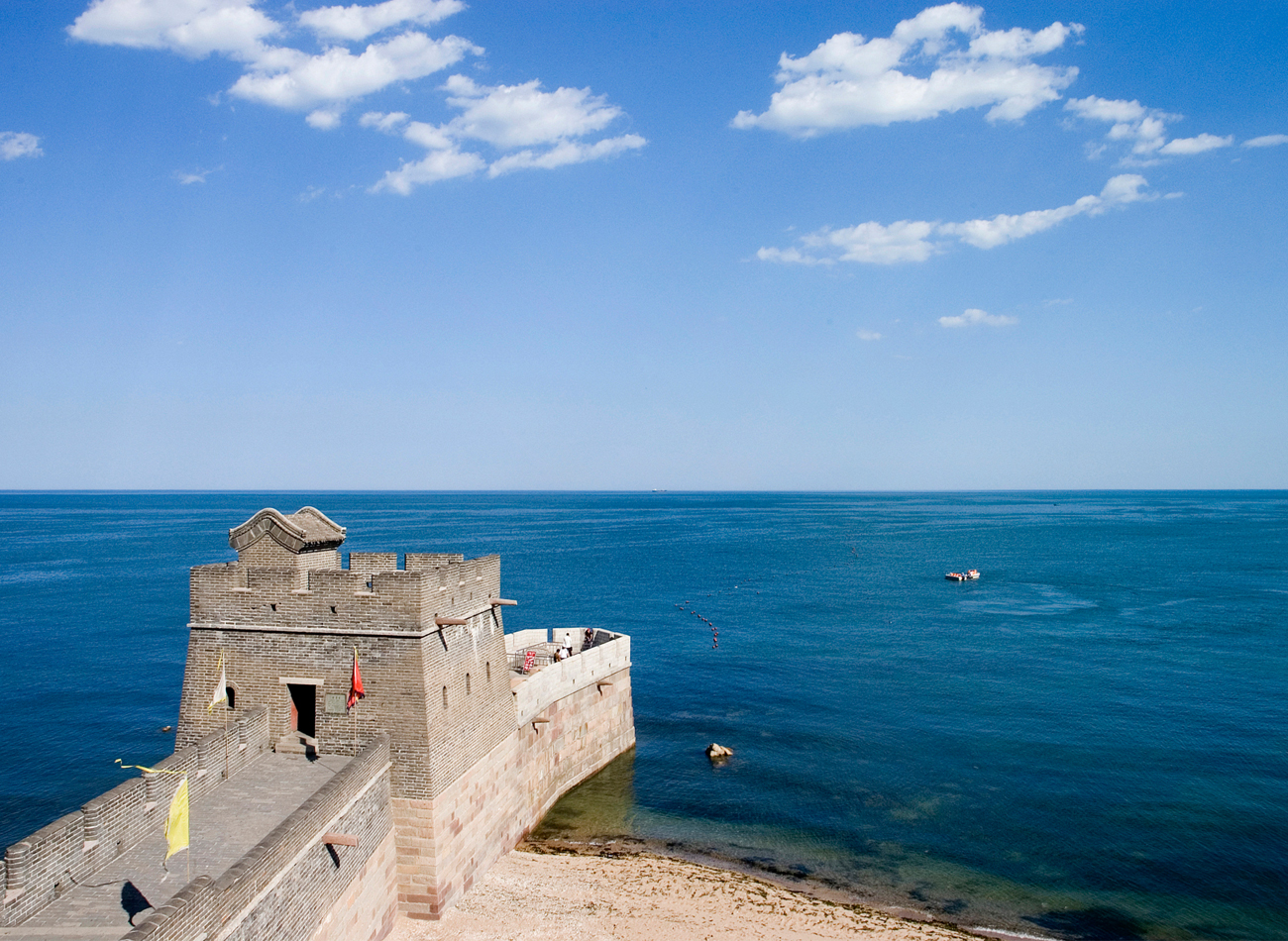


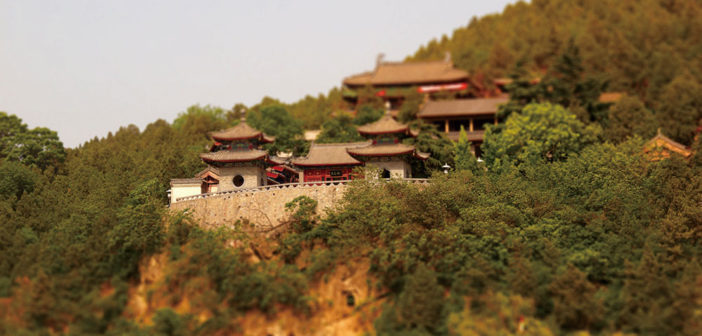

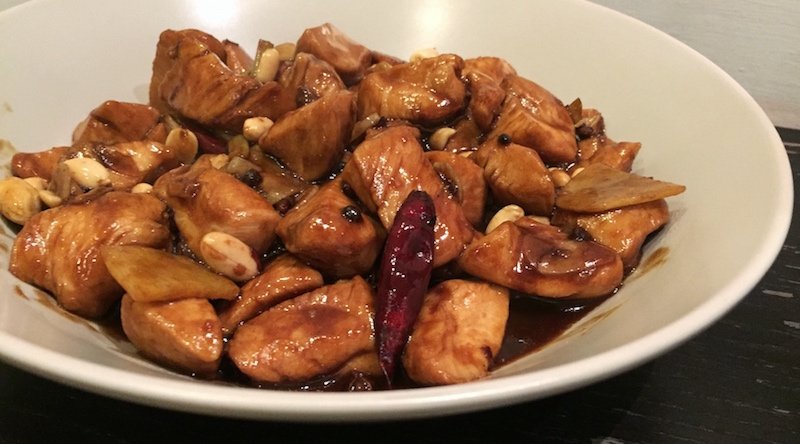
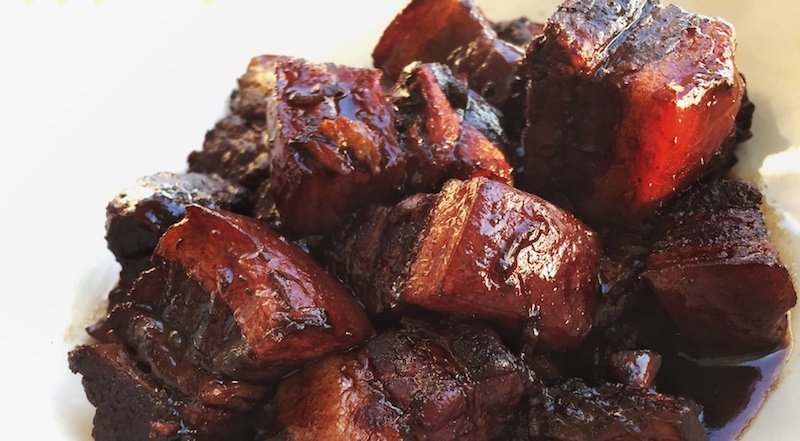
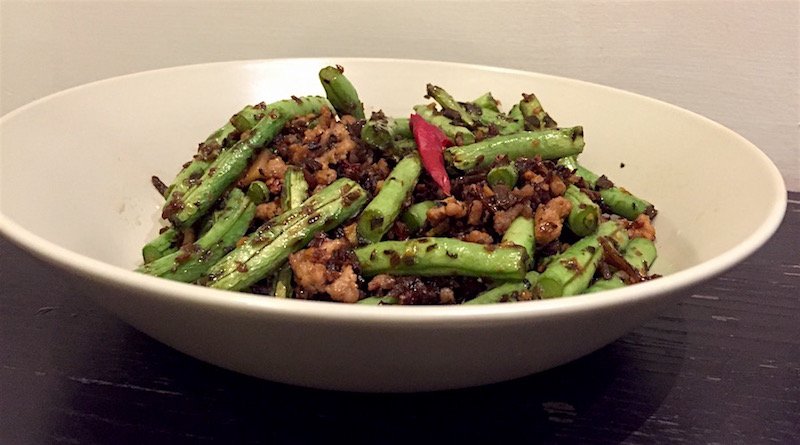
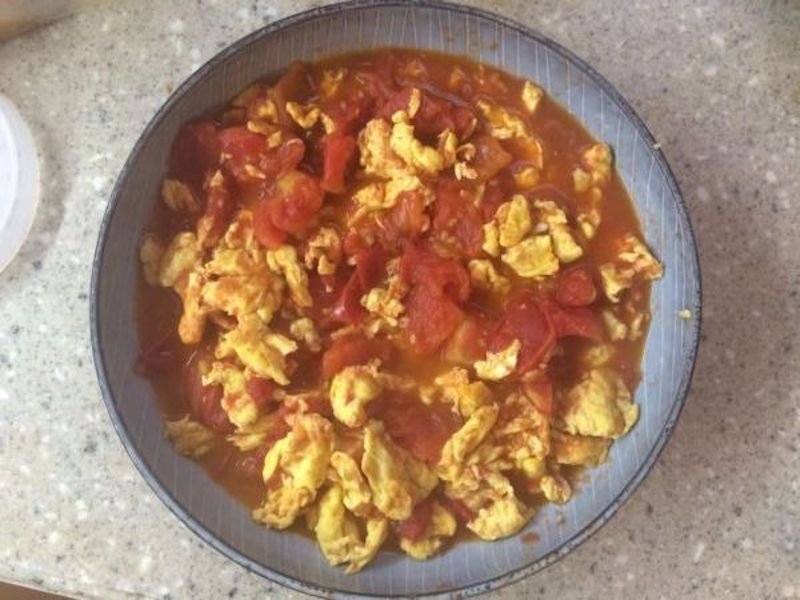

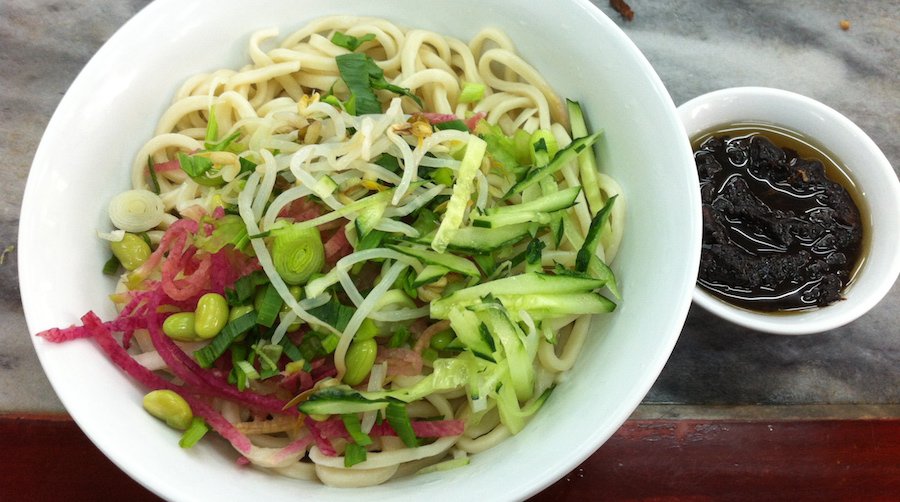


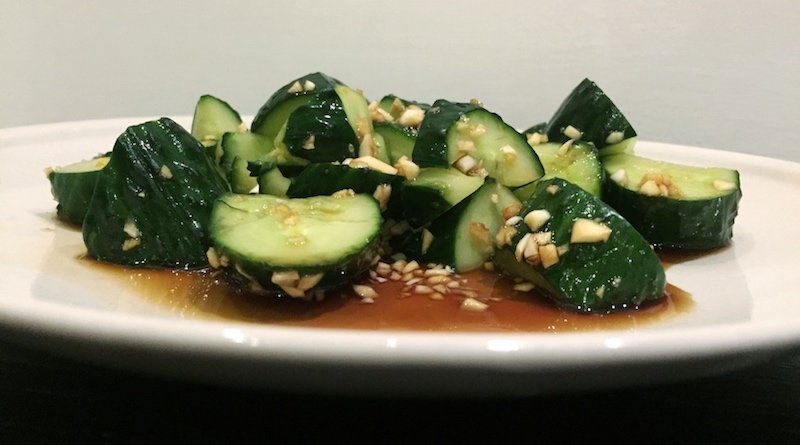
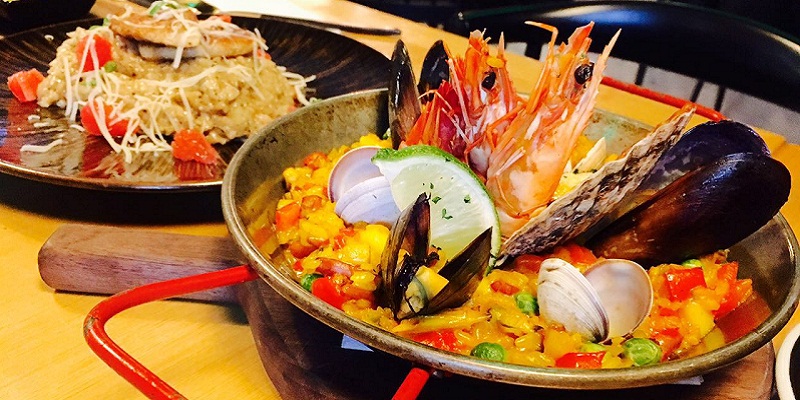




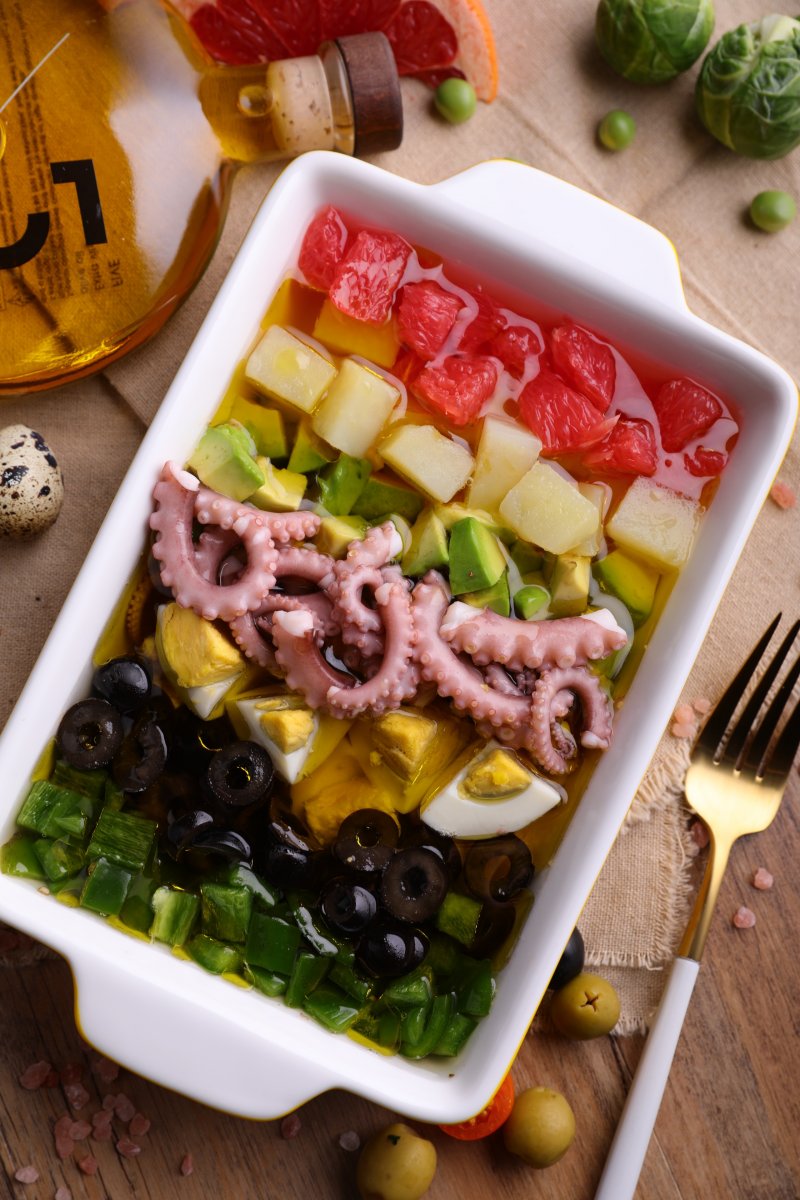

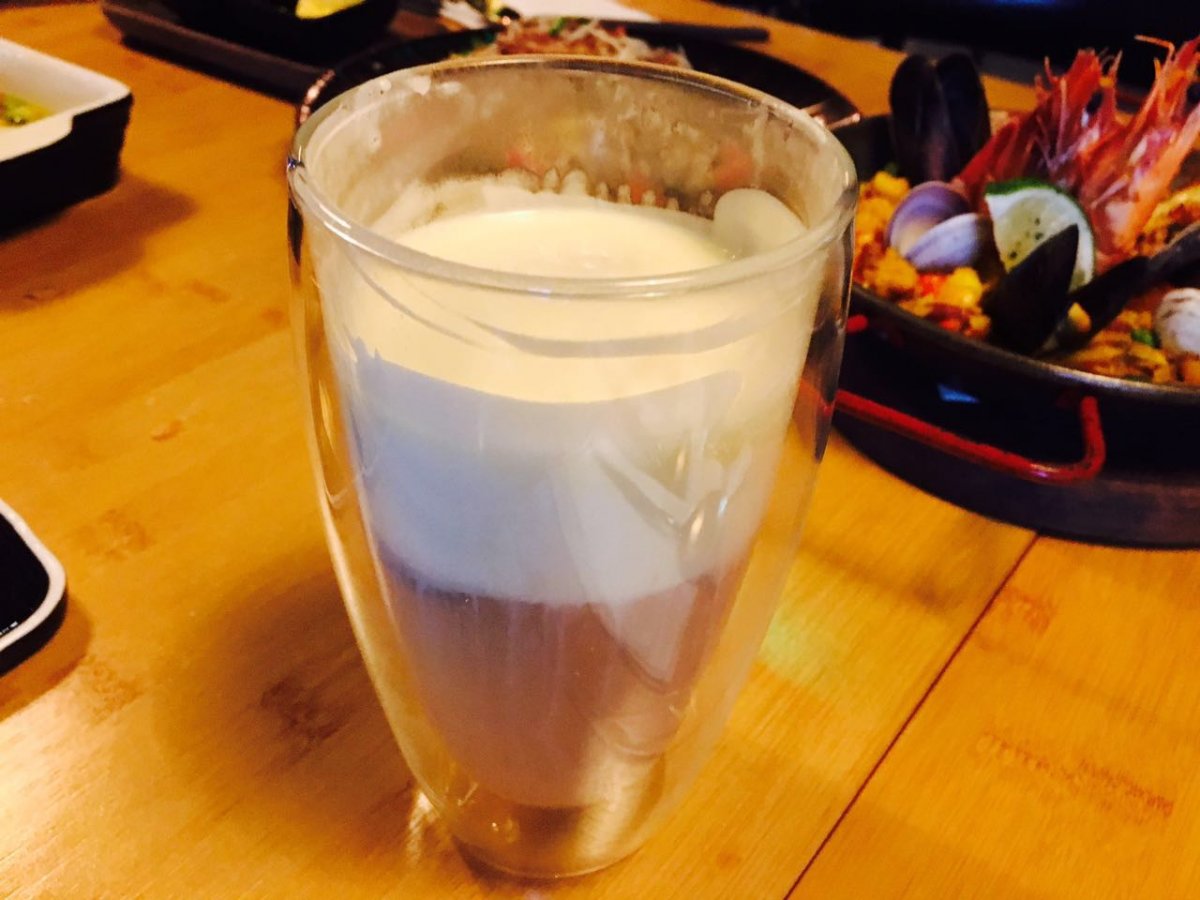


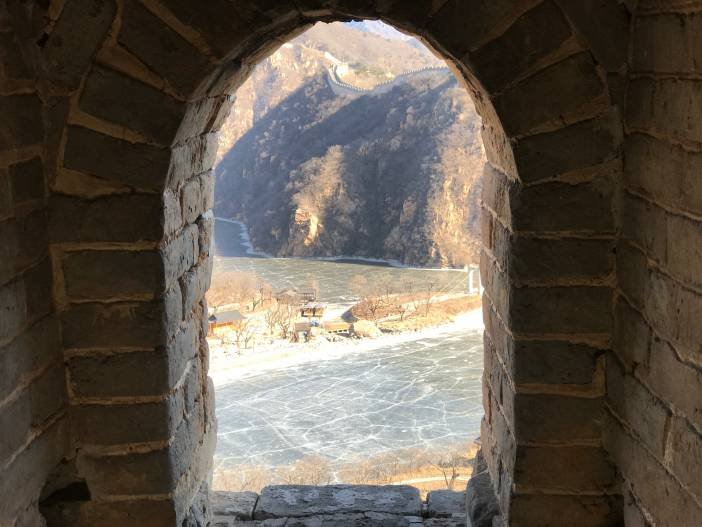


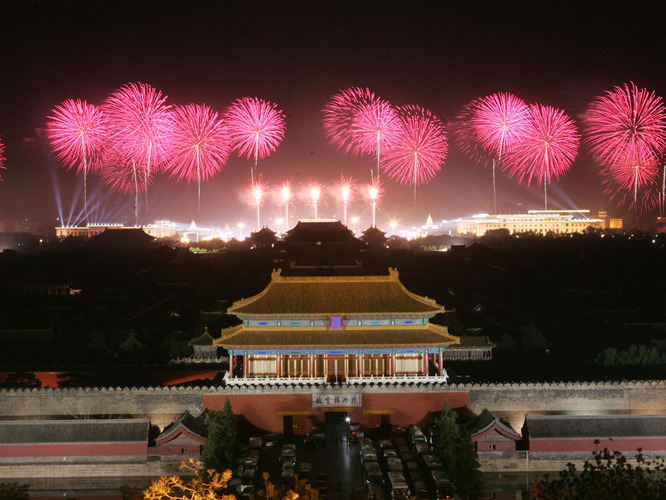
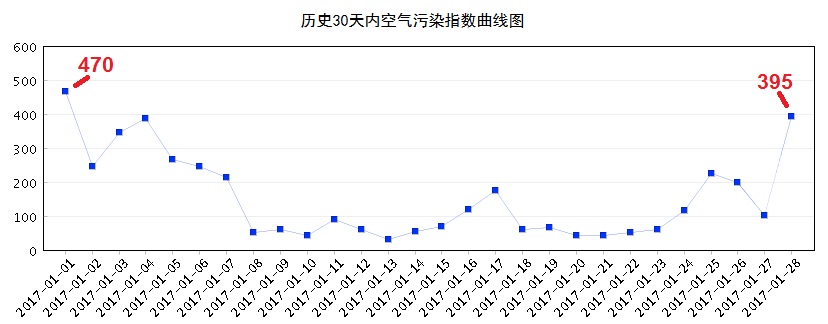






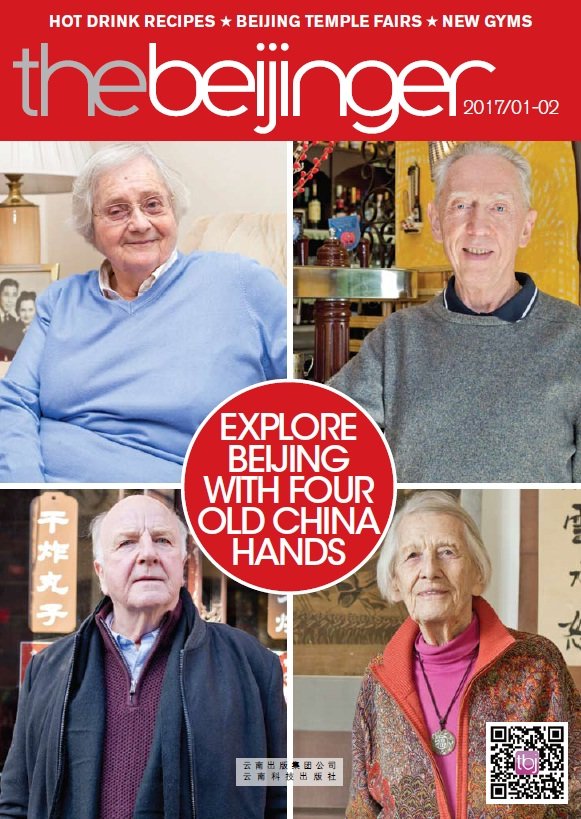












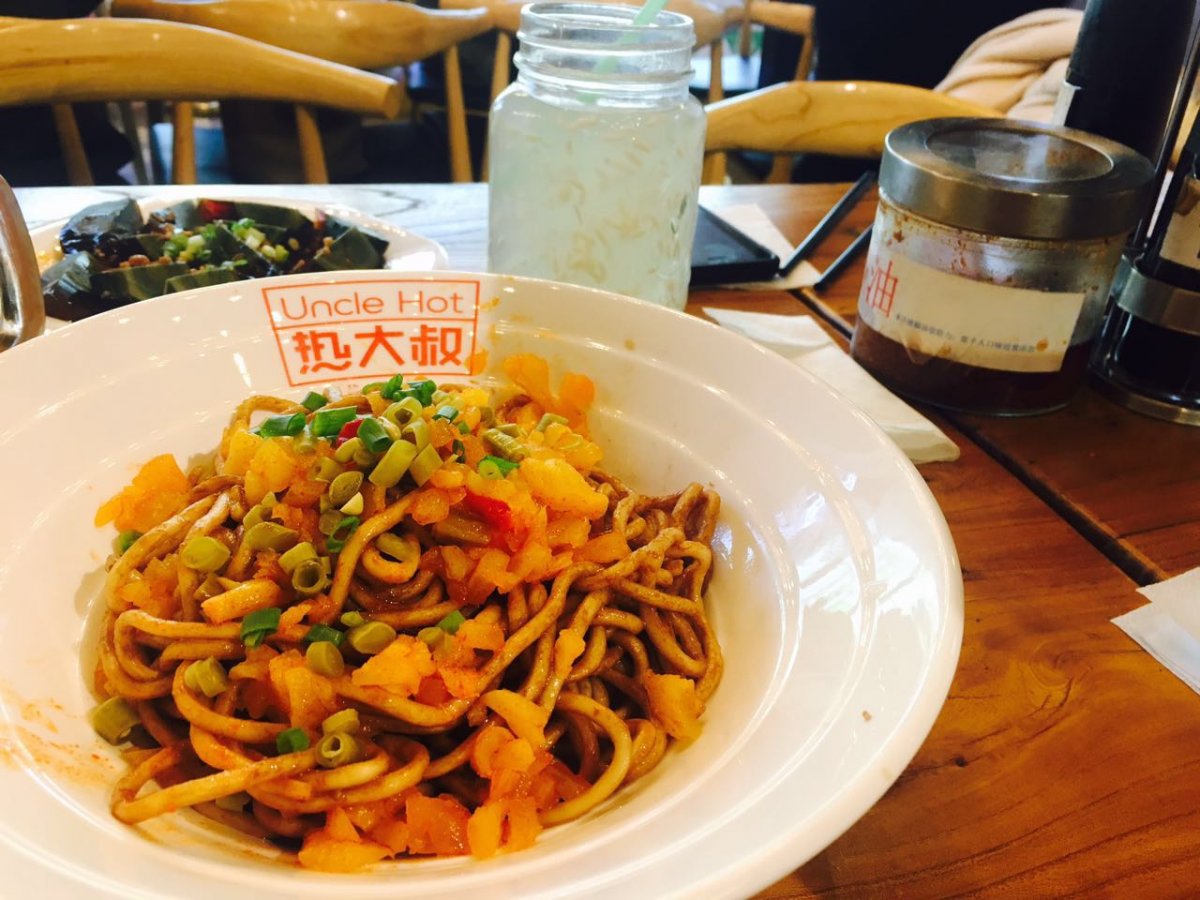
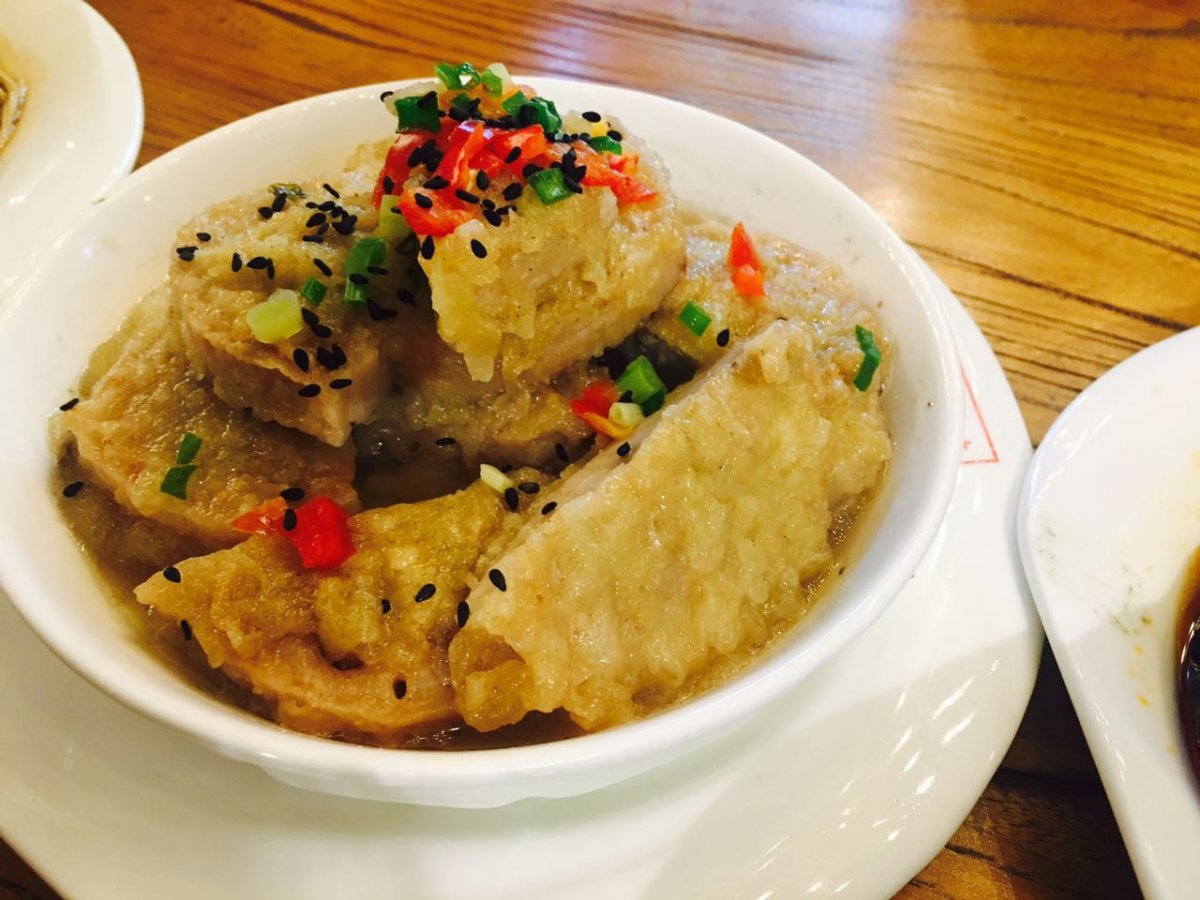

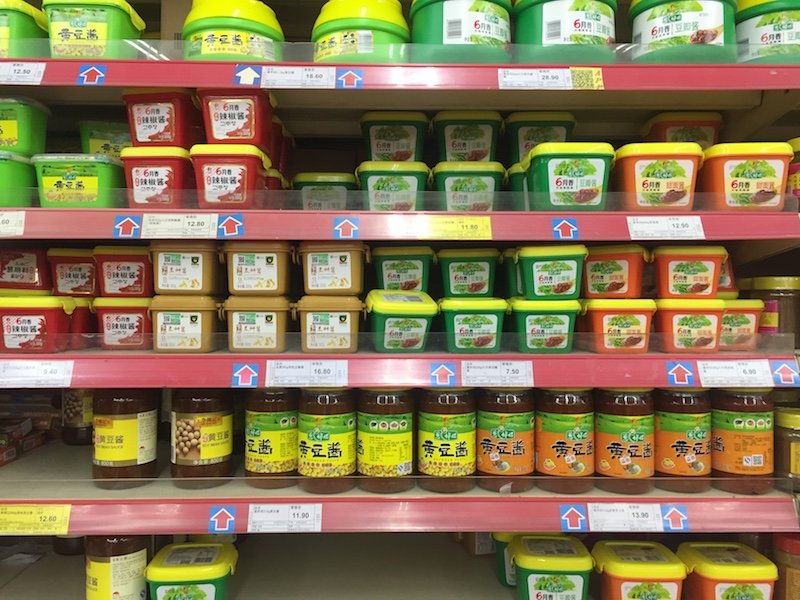 Note that these are just the very basics, the type of stuff you can get easily from most supermarkets. For an incredibly detailed breakdown of Korean pantry staples, see
Note that these are just the very basics, the type of stuff you can get easily from most supermarkets. For an incredibly detailed breakdown of Korean pantry staples, see 